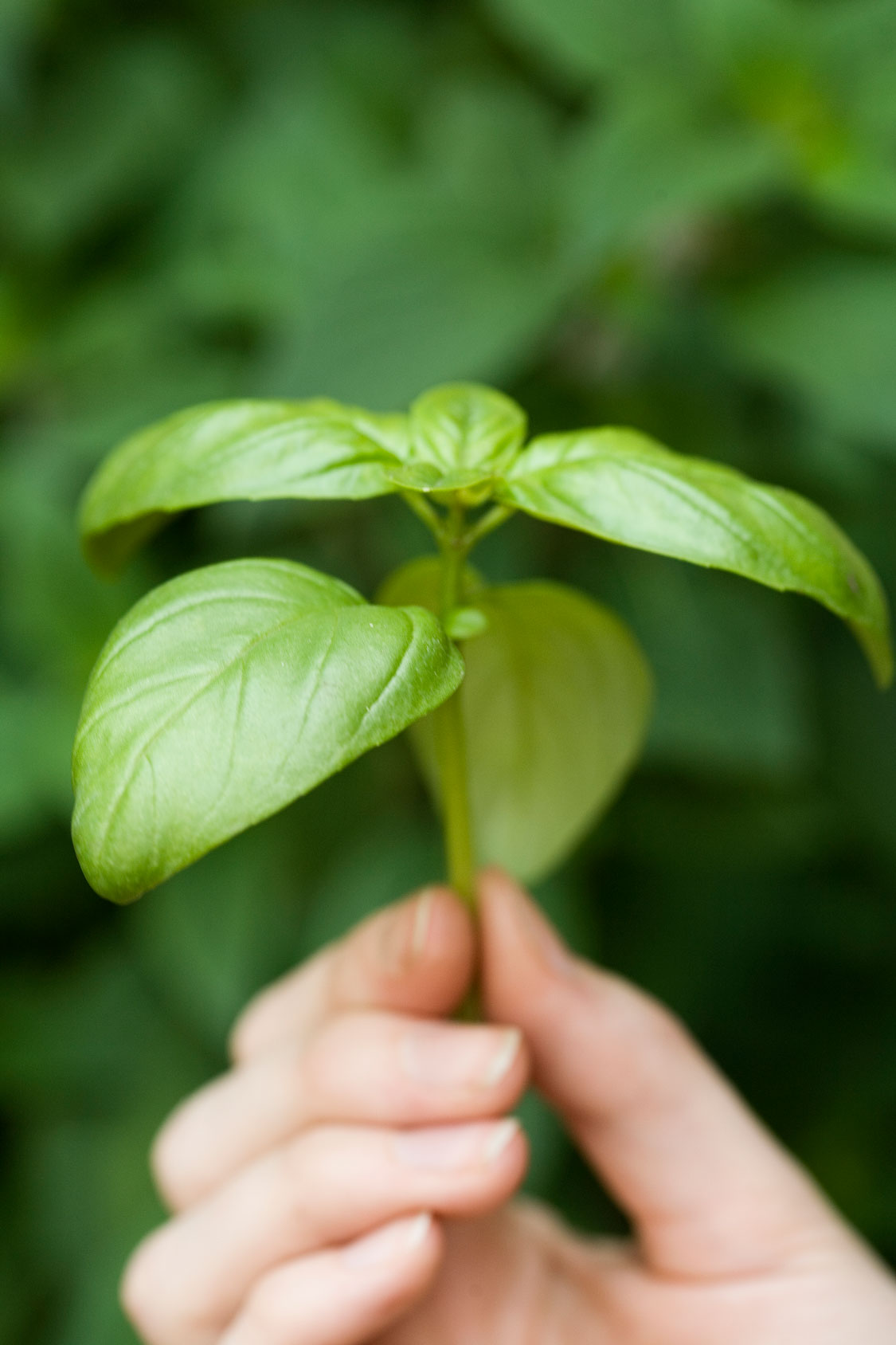If your herb garden is looking a little depleted, here are two easy ways to increase your stock
YOU’LL ALSO LOVE: Small garden ideas: growing herbs in pots
ROOTING IN WATER
This is a quick and easy method of propagating herbs like basil. You can do this in your kitchen and no gardening expertise is required. You can also use the same method for propagating oregano, mint and lemon balm.
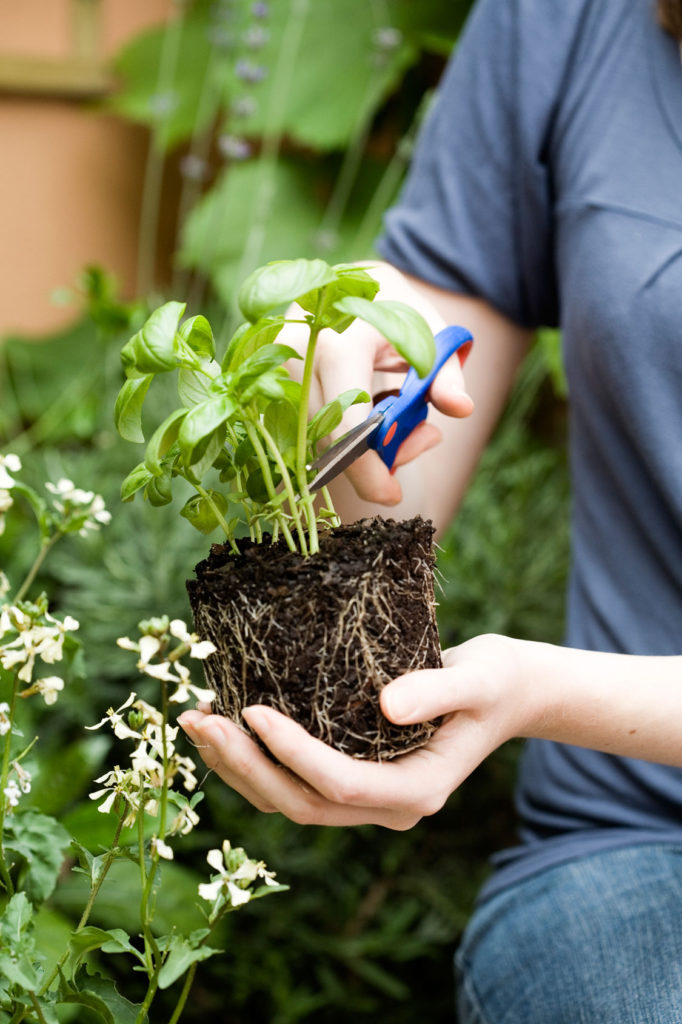
Snip a few healthy, sizeable cuttings from an existing basil plant.
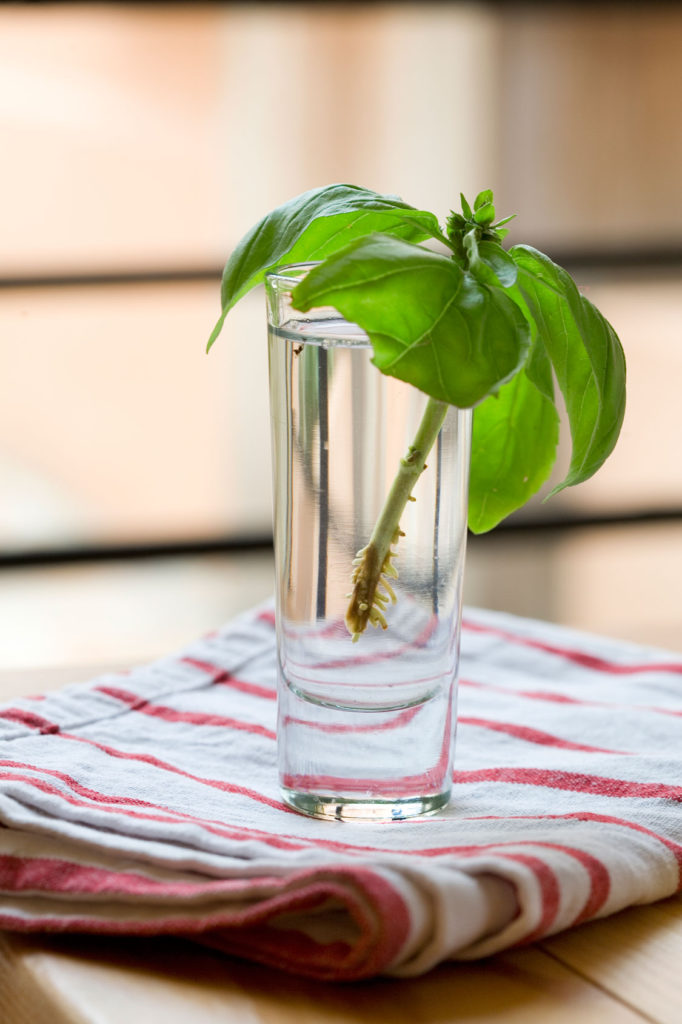
Remove the leaves from the lower section of the stem then place the cuttings in a jar of water on your kitchen windowsill or a sheltered spot out of direct sunlight.
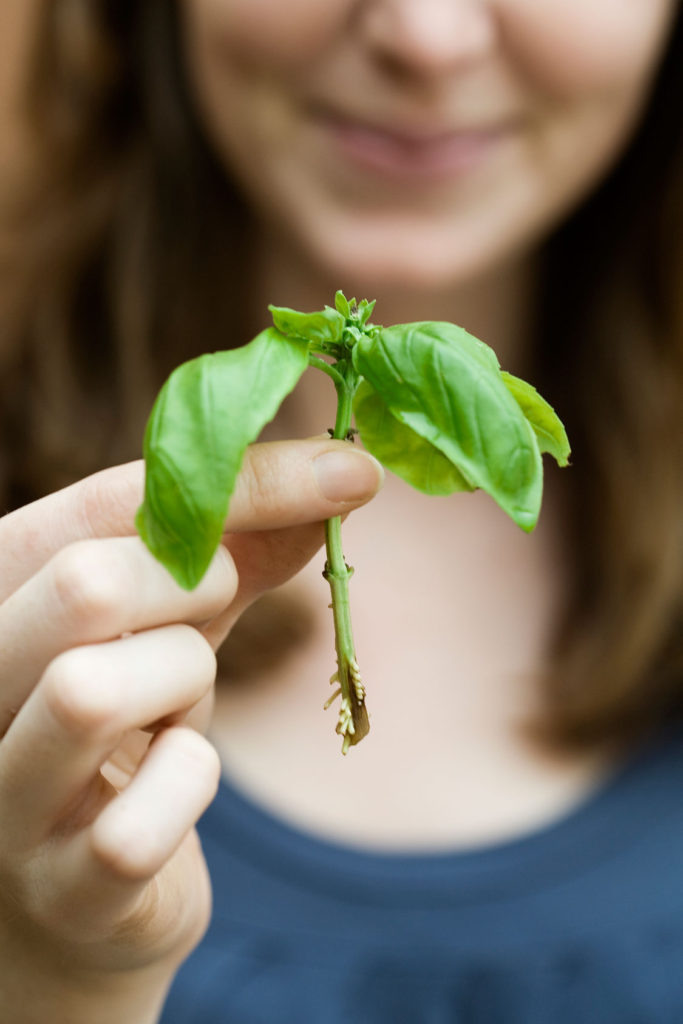
Soon you’ll have roots growing from the submerged nodes.
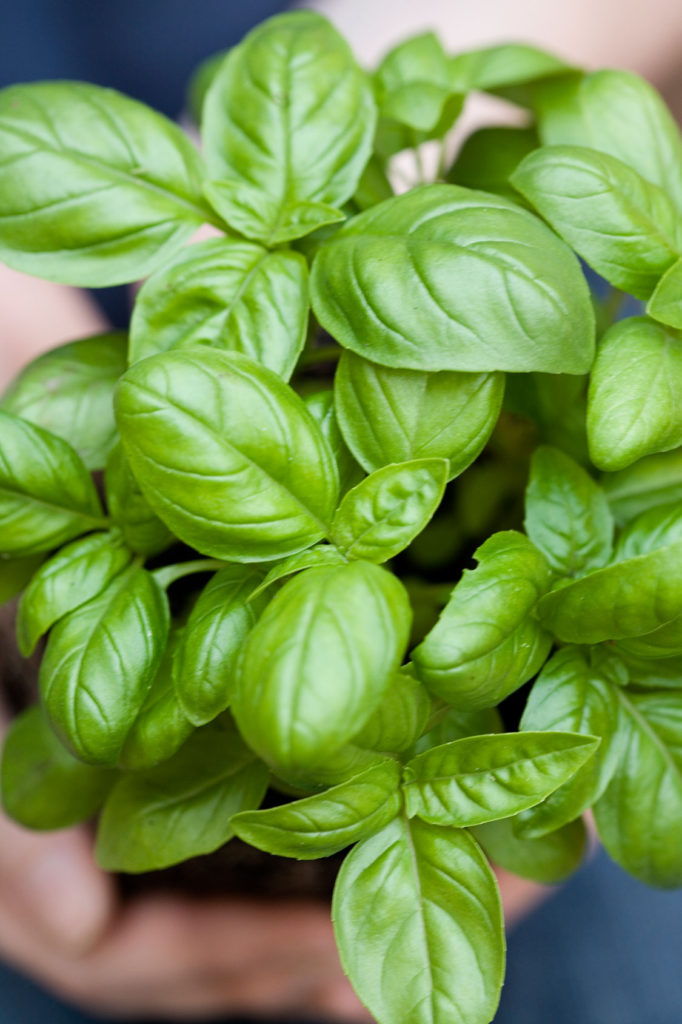
Once the roots are about 2-3cm long, plant them out into pots filled with a good rich potting mix or directly into a well-composted bed in the garden, making sure that they are well-watered and protected from excessive heat and wind until they’re well settled into their new home.
READ MORE: 5 French herbs we love
SEMI-RIPE CUTTINGS
This method is slightly more complicated but ideal for creating new rosemary plants. Use the same method for herbs like lavender, scented geranium, lemon verbena and feverfew.
Fill a container or pot with a free-draining, cutting mix made by mixing one part fine compost to two parts sand or light sandy garden soil. Sand contains no plant food, but its porosity ensures good drainage and aeration which is vital for healthy root growth.
READ MORE: 9 Easy to grow herbs
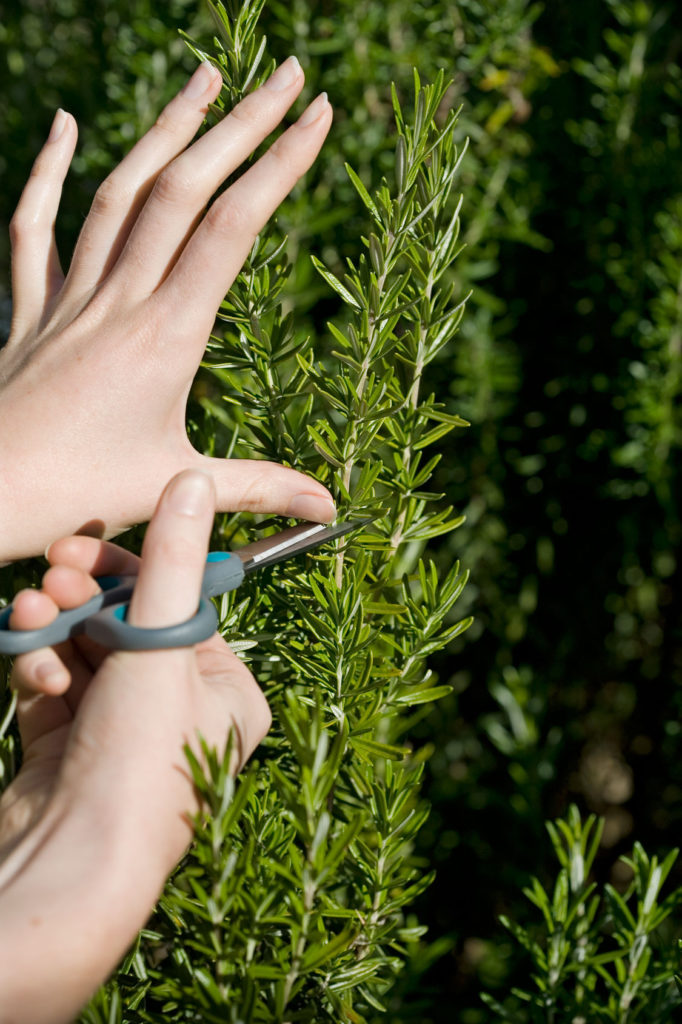
Choose a healthy plant with plenty of side shoots. Pull or cut a side shoot off the main plant at a node leaving a small piece of bark known as a heel.
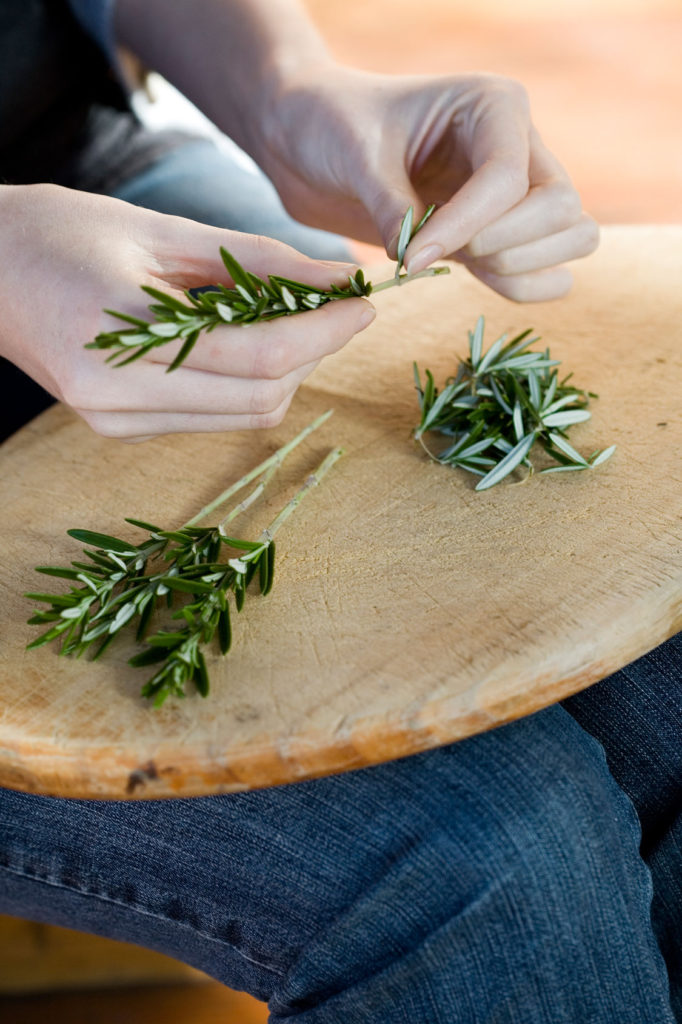
Trim the heel and carefully remove the lower leaves from the cutting as well as any flowers and buds.
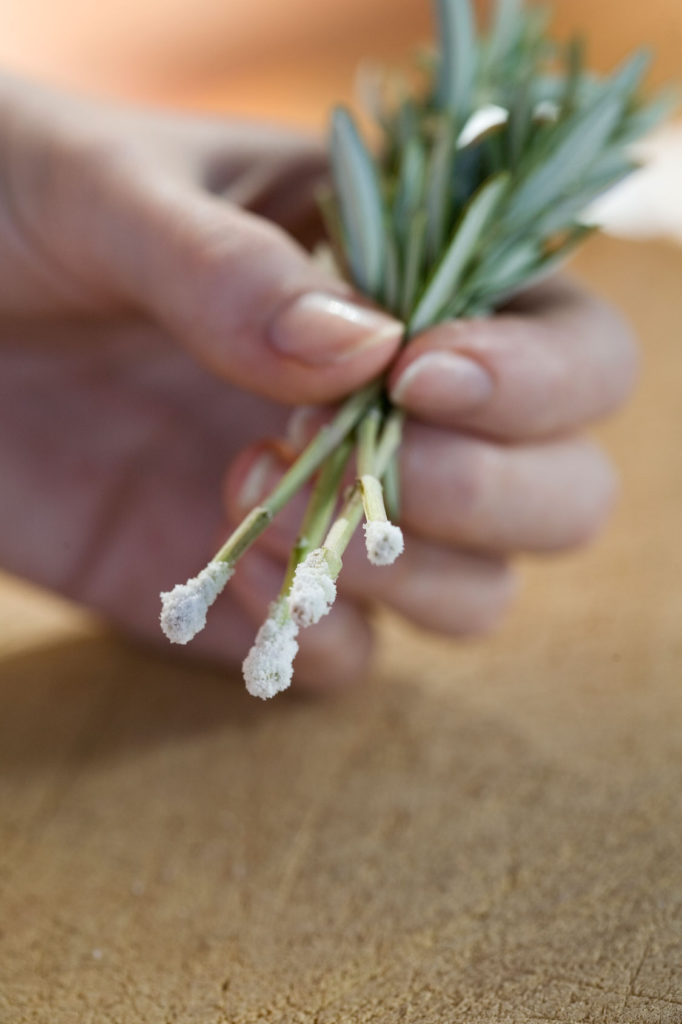
To encourage rooting you can use a hormone rooting powder available at nurseries. There are various types for different plants so make sure you buy the right one. Dip the end into the powder, shaking off the excess.
Note: If you’re going the organic route, these hormones are chemically synthesised and may also contain other additives so check the labels.
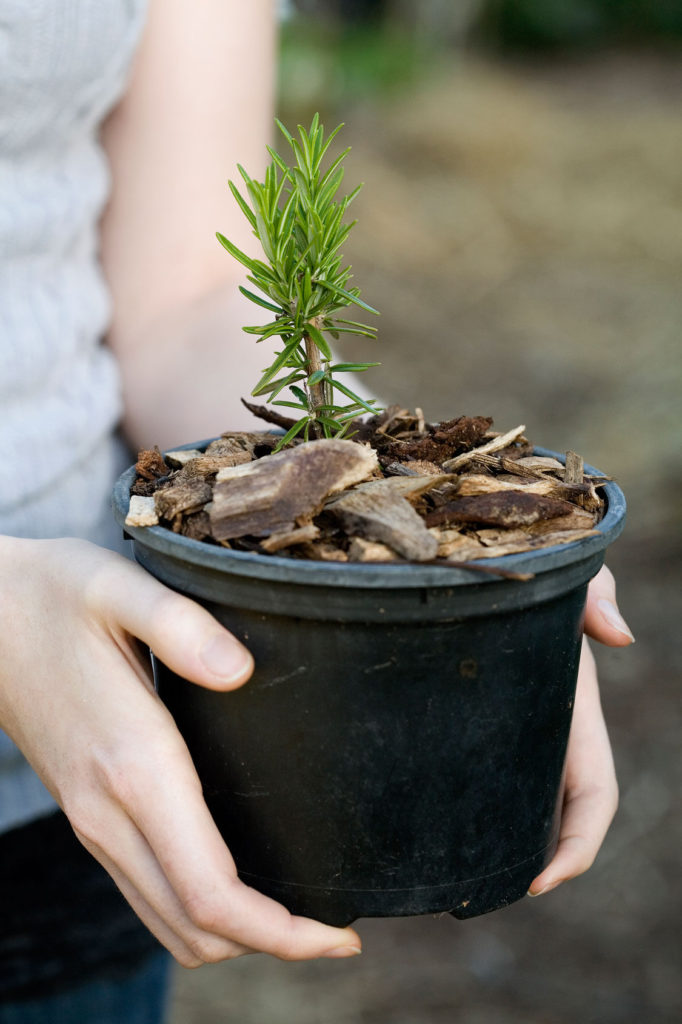
Make a hole in the soil with a pencil or stick and gently push a cutting into it (see d). Plant so that at least half of the cutting is under the soil. Don’t let the leaves touch the cutting mix or be covered by it as they will rot, which encourages bacterial and fungal disease.
READ MORE: Herbs ideal for the braai area
- Overcrowding will also promote disease so keep a space of about 2cm between cuttings.
- Firm the cuttings into the soil and water with a gentle spray. Place in a bright, warm area out of direct sunlight and keep damp but not saturated. To maintain humidity and prevent them drying out, create a mini hothouse with the top of a cool drink bottle or make a canopy using clear plastic supported by twigs.
- When the cuttings start producing new leaves the roots are sufficiently developed for them to be planted out into larger containers and subsequently into your herb garden.
By Carina Claassenes

